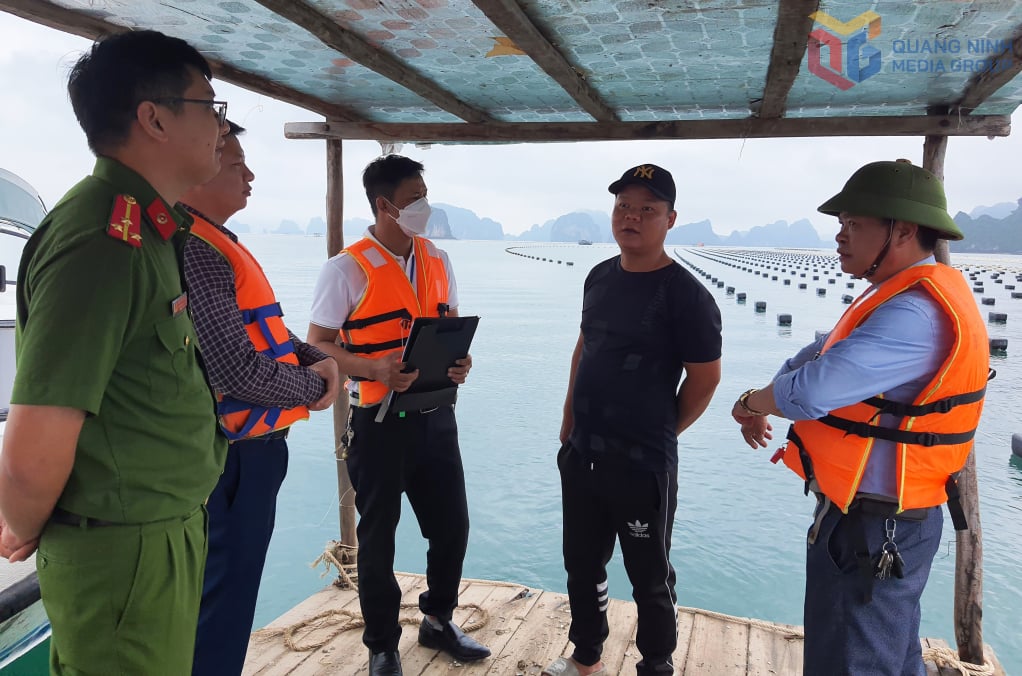
With a 250km long coastline, Quang Ninh has a sea surface area of over 6,000km², over 43,000ha of mangrove forests and tidal flats and over 32,000ha of aquaculture. This is considered a potential and advantage for developing the surface and bottom aquaculture industry, creating jobs and stable income for people in coastal areas. Previously, people in coastal areas often used bamboo, bamboo and foam buoys to make rafts to raise aquatic products such as fish, oysters, and mussels. The use of foam buoys was chosen by people because of their low price and good buoyancy, but their durability was not high, so after only a few years of use, especially during the rainy and stormy season, aquaculture rafts were broken by big waves and strong winds, foam buoys were broken, bamboo and bamboo drifted at sea, causing both property damage and pollution of the marine environment.
To solve the problem of replacing foam buoys in aquaculture, aiming at sustainable aquaculture development, in 2020, Quang Ninh province was the first locality in the country to issue Local Technical Regulations (QCKTĐP) on materials used as buoys in brackish and salty aquaculture in the province. This is considered a turning point in aquaculture management, demonstrating the determination to develop marine aquaculture in a civilized and modern direction. In particular, the change is clearly defined with an implementation roadmap from January 1, 2021. By January 1, 2023, aquaculture facilities using unsuitable buoy materials must convert all materials to meet the requirements of the standards.
Mr. Do Dinh Minh, Head of the Sub-Department of Sea, Islands and Fisheries, Fisheries Control (Department of Agriculture and Environment) said: The competent authorities have organized surveys, investigations, and assessments of the current status of use and management of materials used to make buoys in brackish and salty aquaculture; researched and assessed the environmental impact of materials used to make buoys and solutions to minimize the negative impacts of materials used to make buoys currently in use in the province. In addition, refer to the criteria on material durability compiled according to FAO 2015 documents and related documents; Vietnamese standards related to tests to determine the durability of materials.
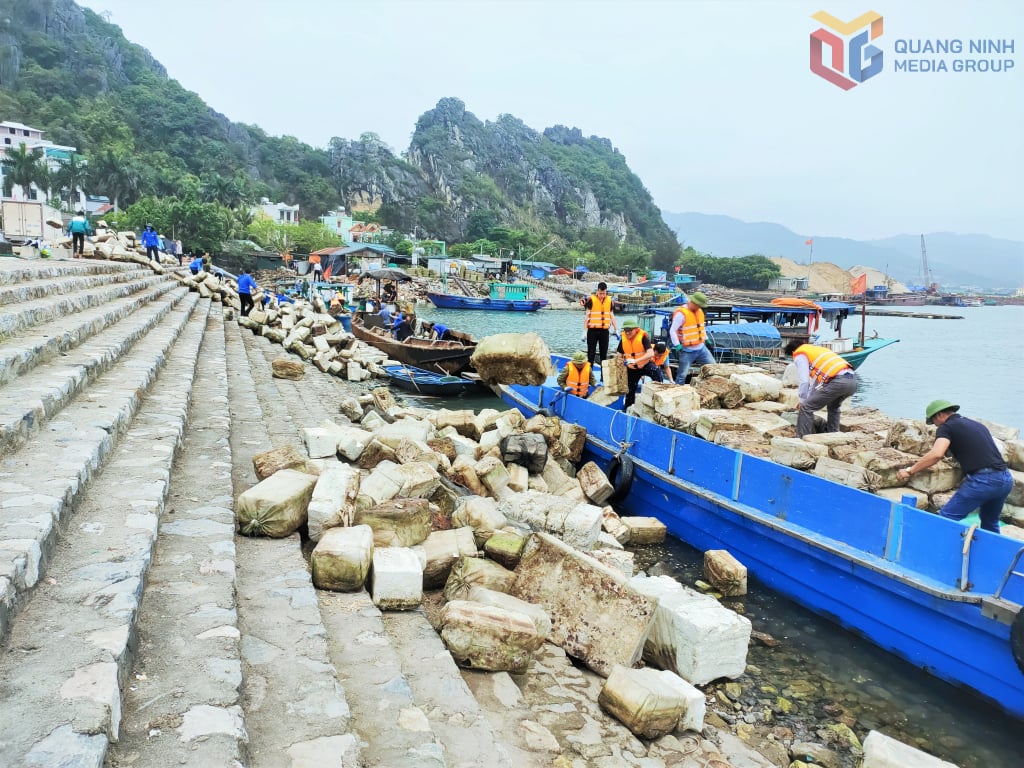
In particular, immediately after the Provincial Party Standing Committee issued Directive No. 13-CT/TU (2021) on strengthening the management and sustainable development of marine aquaculture, the Provincial People's Committee and departments, branches and localities quickly concretized it in many documents, plans and action programs. Working groups were established, directly going to the grassroots to propagate, guide and remove difficulties for people and businesses. At the same time, guide, urge, handle and relocate cases of illegal aquaculture violations; and stabilize concentrated marine farming areas.
To ensure the quality of replacement materials, the Department of Agriculture and Environment has also assessed and received the conformity declaration dossiers of 27 units producing and supplying plastic buoys. This list has been widely publicized in the media for people to access and avoid buying poor quality products. Units that violate regulations and supply substandard goods have had their licenses revoked and strictly handled. Thanks to that, many localities that used to be hot spots for foam buoys in aquaculture have now basically replaced them with environmentally friendly materials.
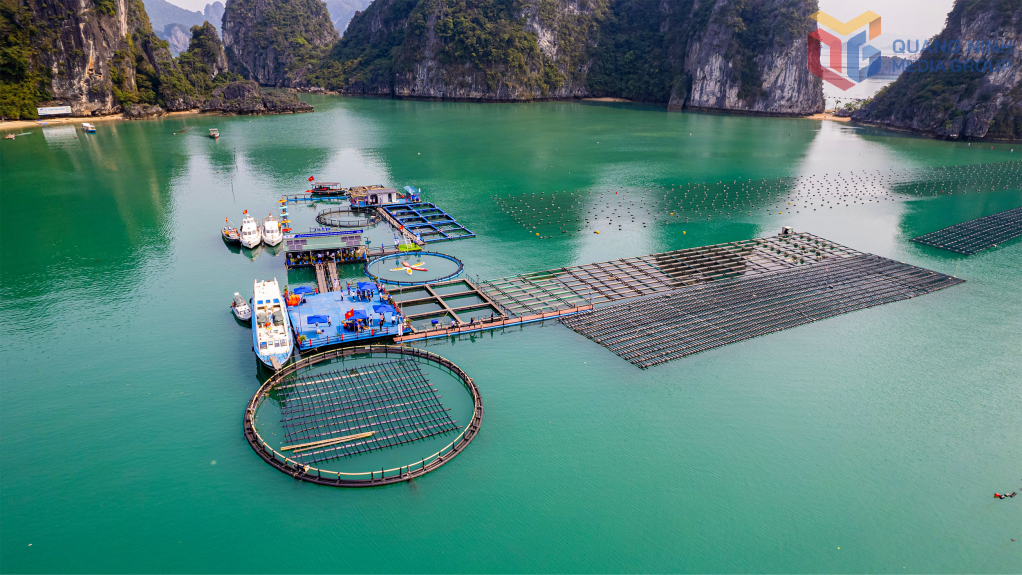
Typically, Van Don special zone is the locality with the largest marine farming area in the province, with more than 5 million styrofoam buoys in nearly 1,000 aquaculture facilities. In response to the province's request, the locality quickly developed a plan, requiring that at least 10% of styrofoam buoys be reduced or replaced each month. At the same time, communes such as Quan Lan, Ban Sen, Dong Xa... all set up working groups to go to the scene, support people in dismantling, collecting and transferring them to the gathering place. In early 2023, Van Don organized a peak period with hundreds of officials and forces directly participating in the collection. As of April 2023, hundreds of thousands of styrofoam buoys have been removed. The locality also resolutely enforced cases of deliberate procrastination, while creating conditions for households in difficulty to receive free collection support. Thanks to that, by the end of 2023, the locality had basically completed the conversion, reaching a rate of nearly 99%.
In Quang Yen town (old), there are hundreds of rafts with nearly 17,000 foam buoys. Since 2020, the locality has persistently encouraged people to replace them, but due to the cost of HDPE buoys being many times higher, plus the impact on income after the pandemic, the conversion progress has been slow. Some households only replaced the outer layer of buoys, while the inside still used old foam buoys. Faced with these difficulties, the locality has persistently sought solutions, connecting people with manufacturers of qualified HDPE buoys, publicizing the list and prices for easy access, and at the same time mobilizing people to license marine farming according to the plan, ensuring that after harvesting, all remaining rafts will also complete the conversion.

Statistics show that by the end of June 2025, the conversion rate of styrofoam buoys in the whole province reached over 99.5%. Millions of styrofoam buoys were collected, processed properly, and replaced with standard HDPE buoys. Along with that, the province also promoted investment in concentrated marine farming infrastructure, seed production areas, and strict environmental monitoring. High-tech farming models, associated with tourism in the sea areas of Ha Long and Bai Tu Long, are showing the prospect of expansion, both creating livelihoods and promoting the value of heritage landscapes. This is a persistent effort, not only protecting the environment but also contributing to improving the quality of aquatic products, aiming at traceability and export markets.
The journey of the past 5 years with nearly 10 million styrofoam balls replaced shows that the story of converting styrofoam balls in Quang Ninh is not only a change of material, but also a testament to the new development mindset of taking sustainability as the foundation.
Source: https://baoquangninh.vn/xoa-phao-xop-de-bao-ve-moi-truong-bien-3372382.html








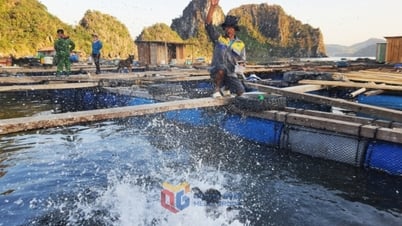
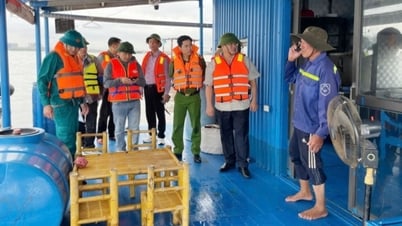

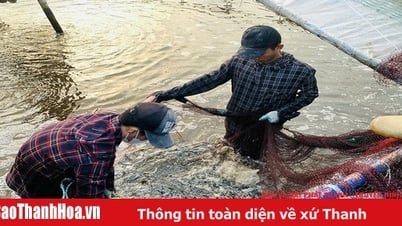



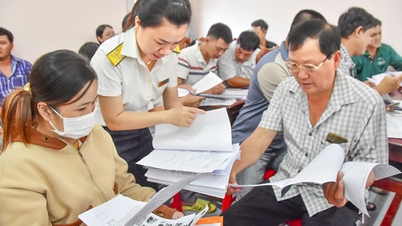

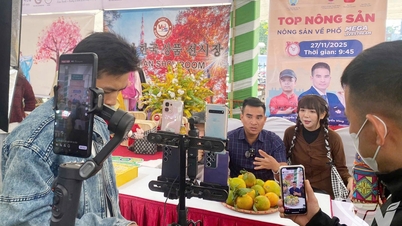





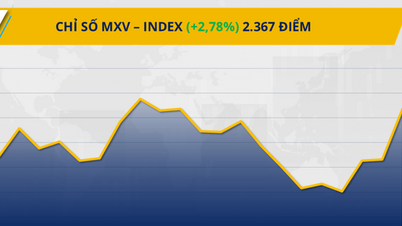

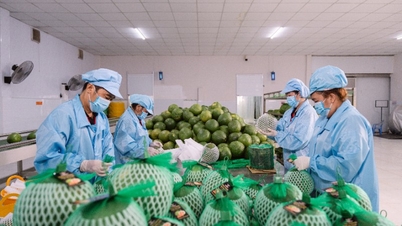

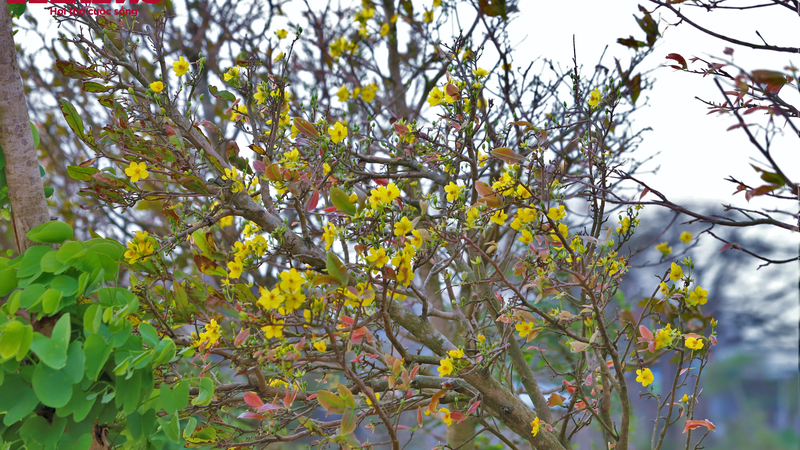

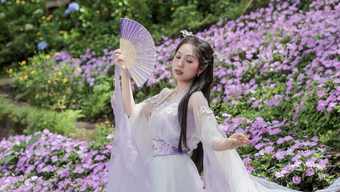



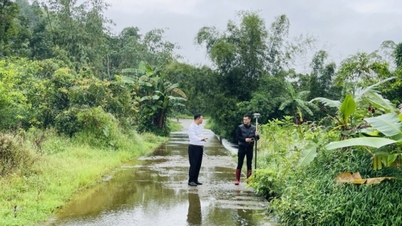

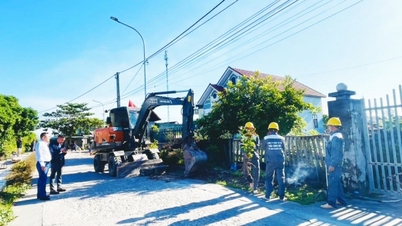
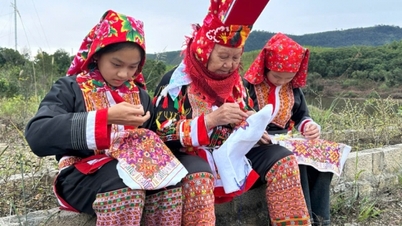

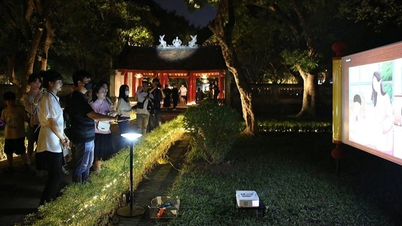

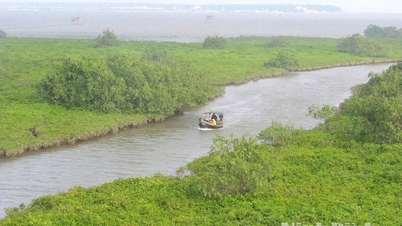




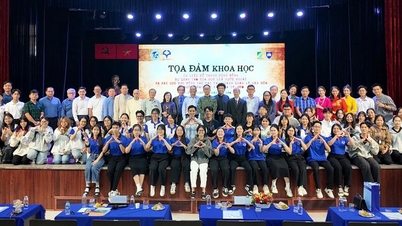

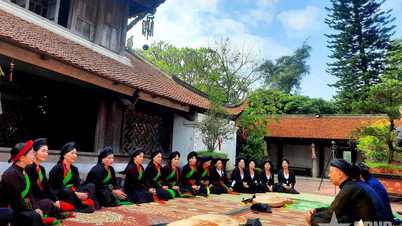
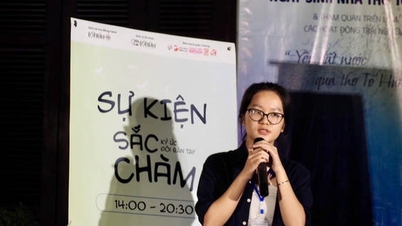



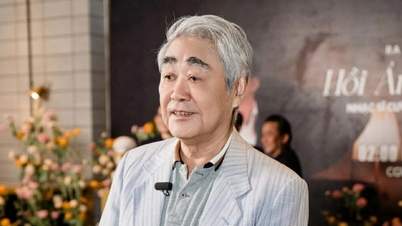

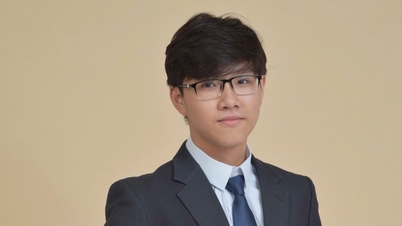



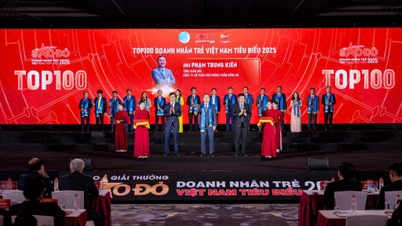

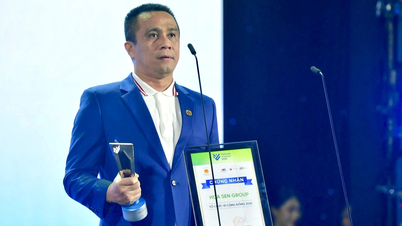
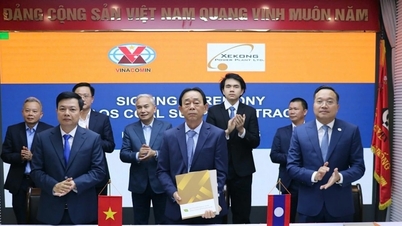

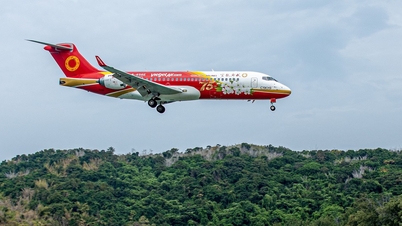

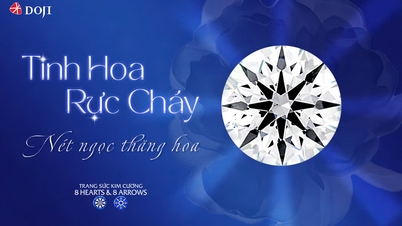






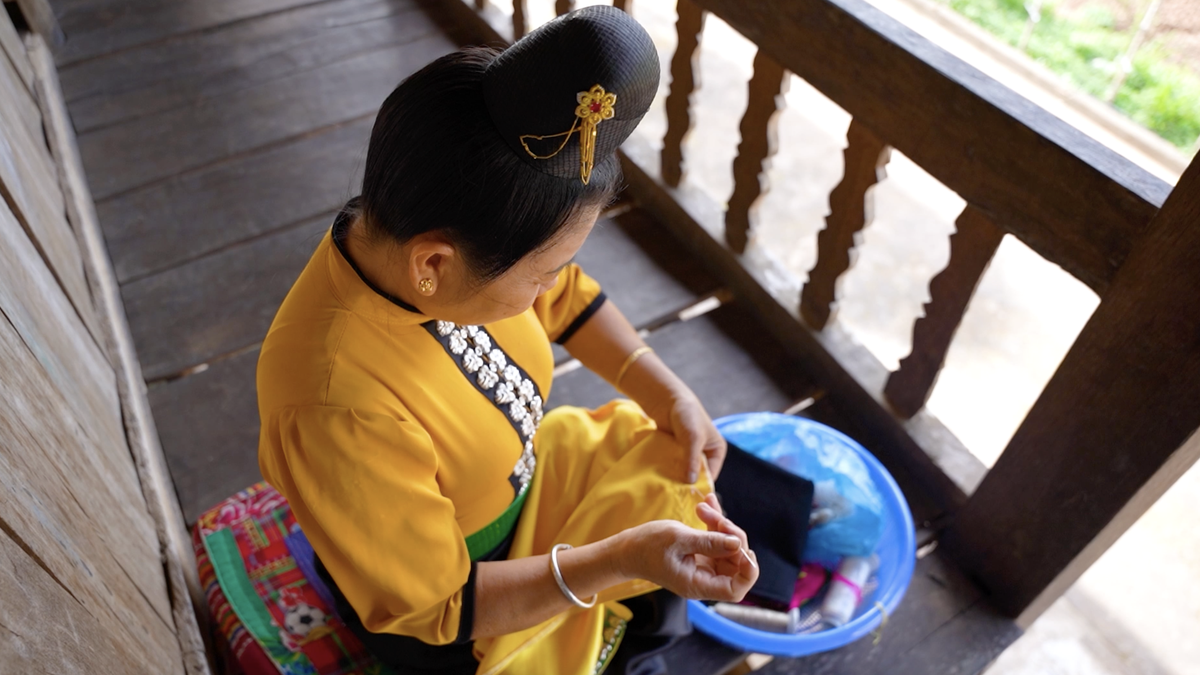
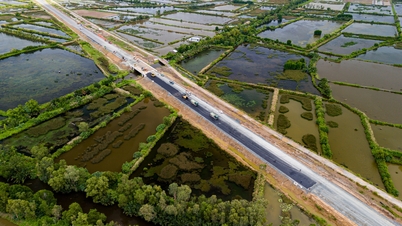
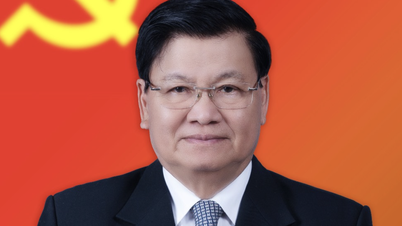
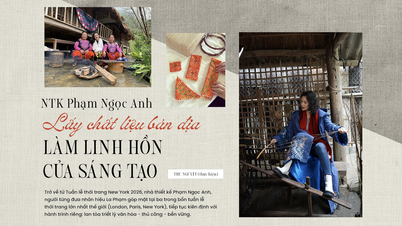


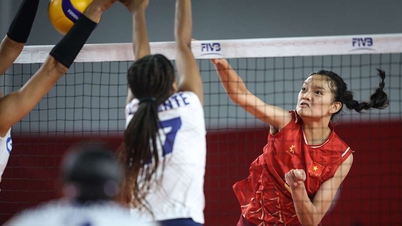
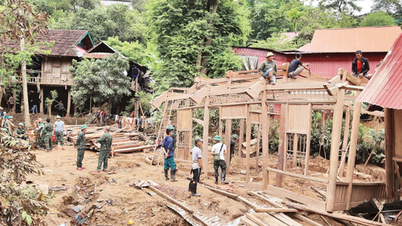

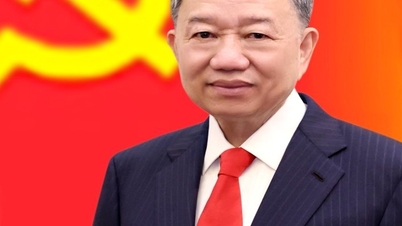

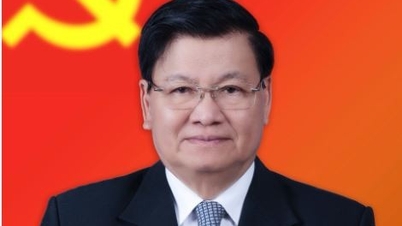
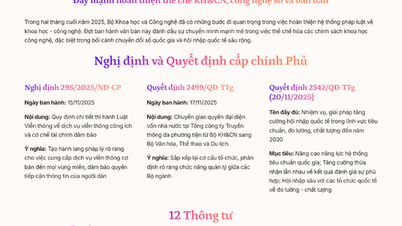

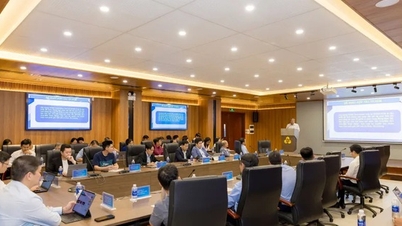
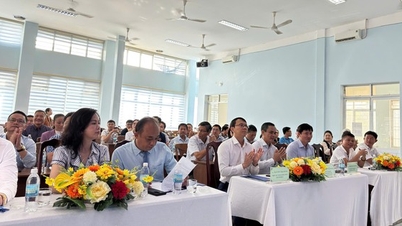
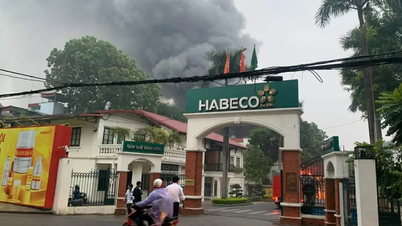


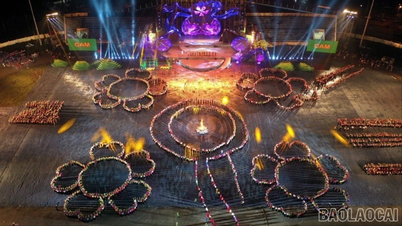

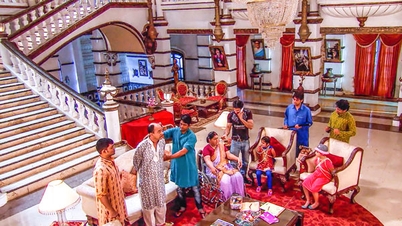
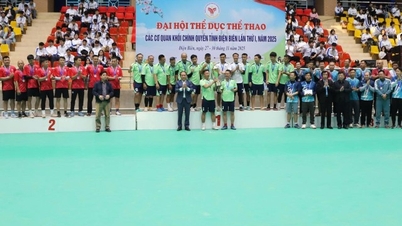








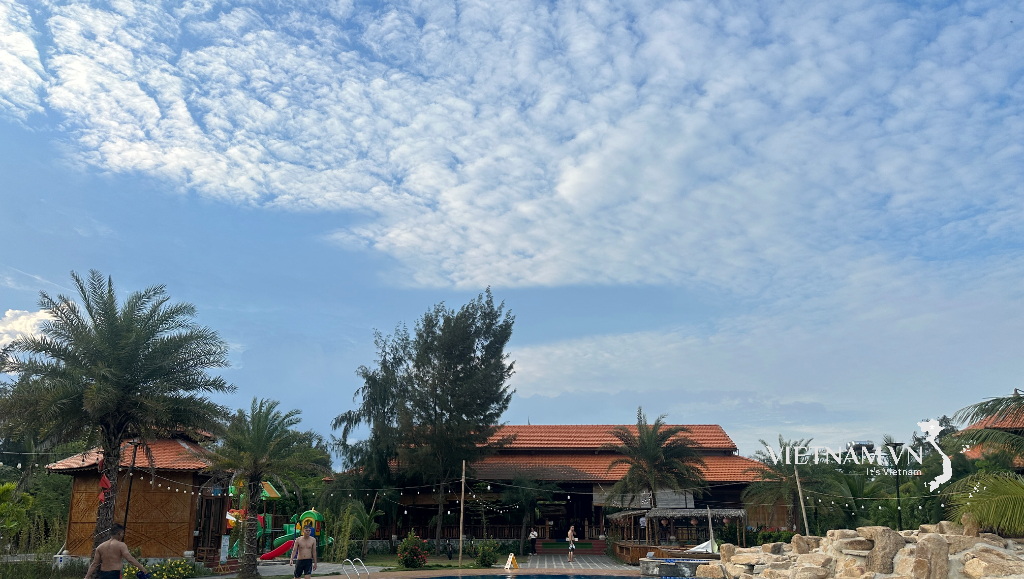
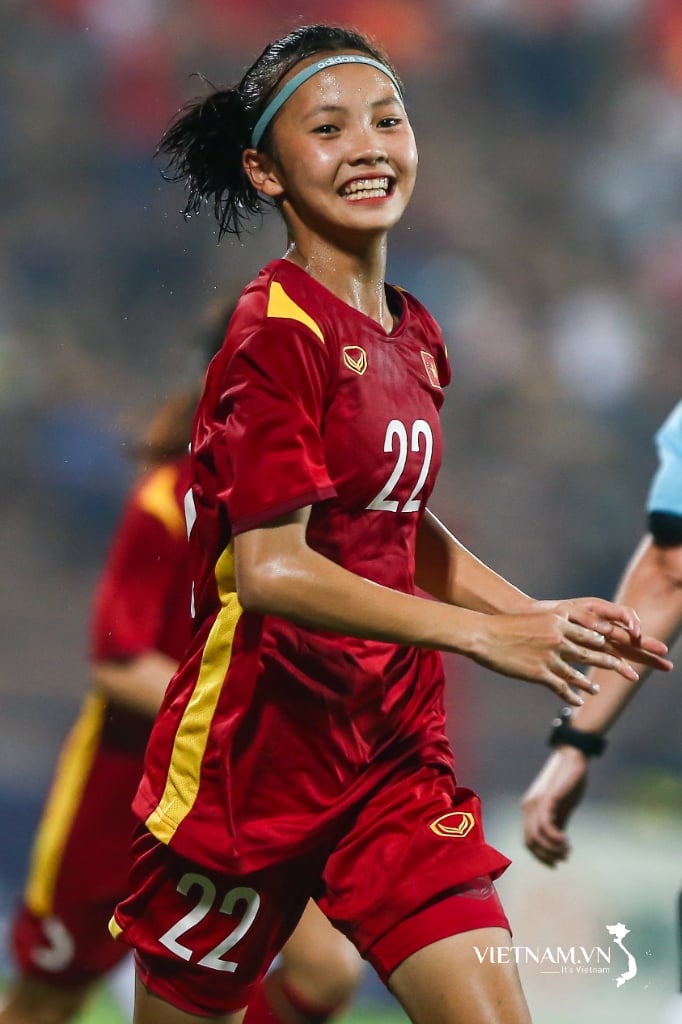


Comment (0)